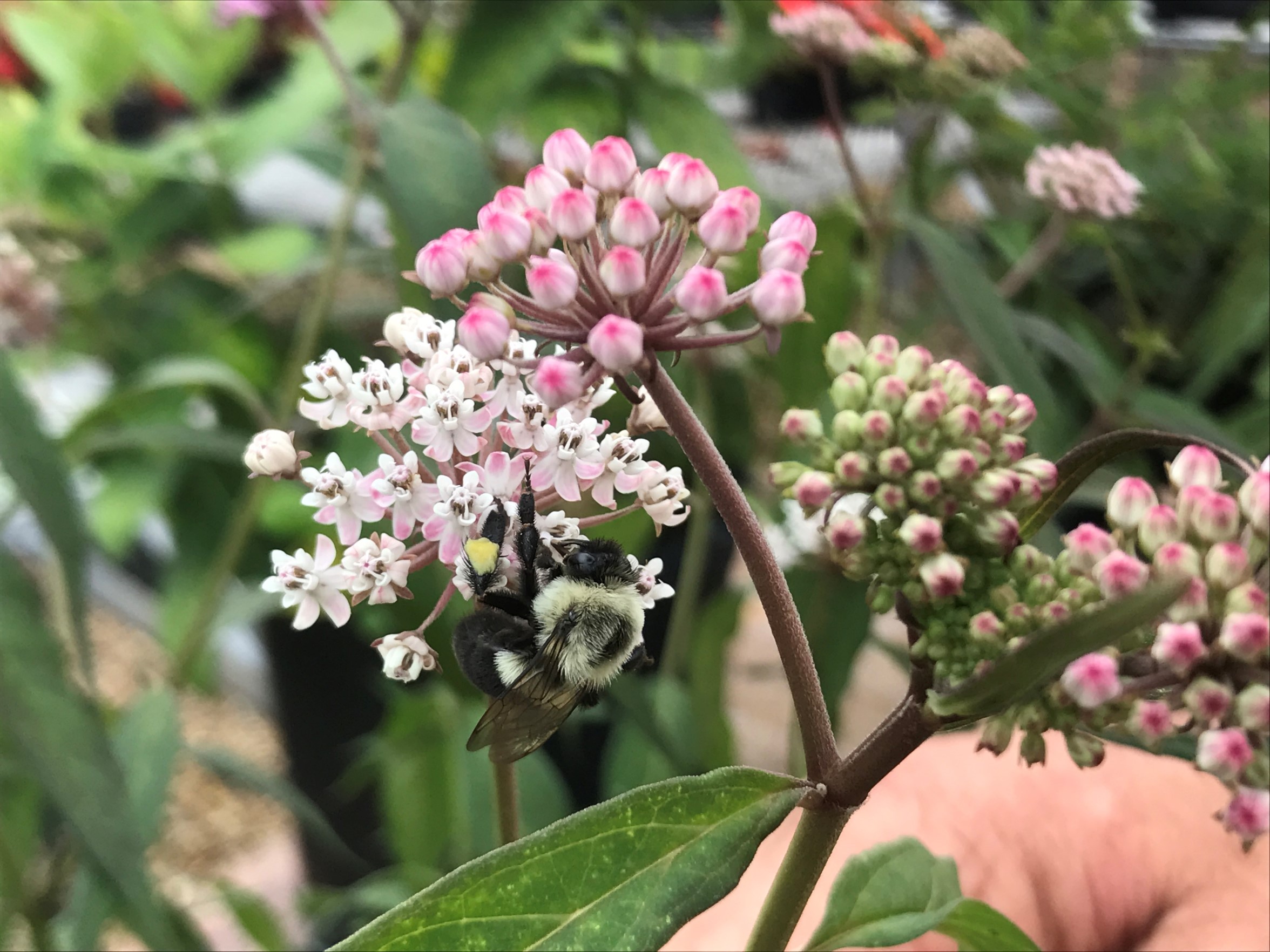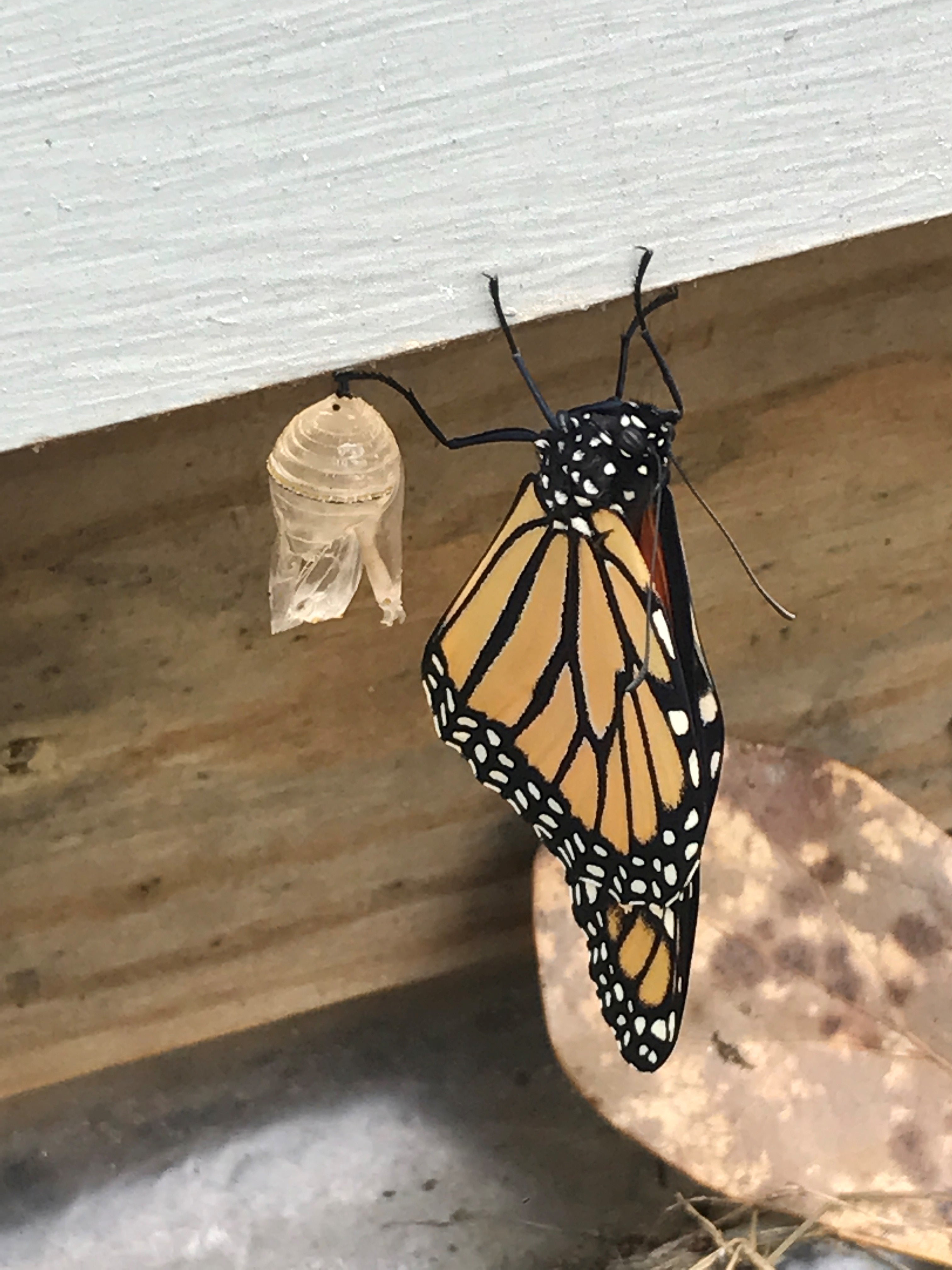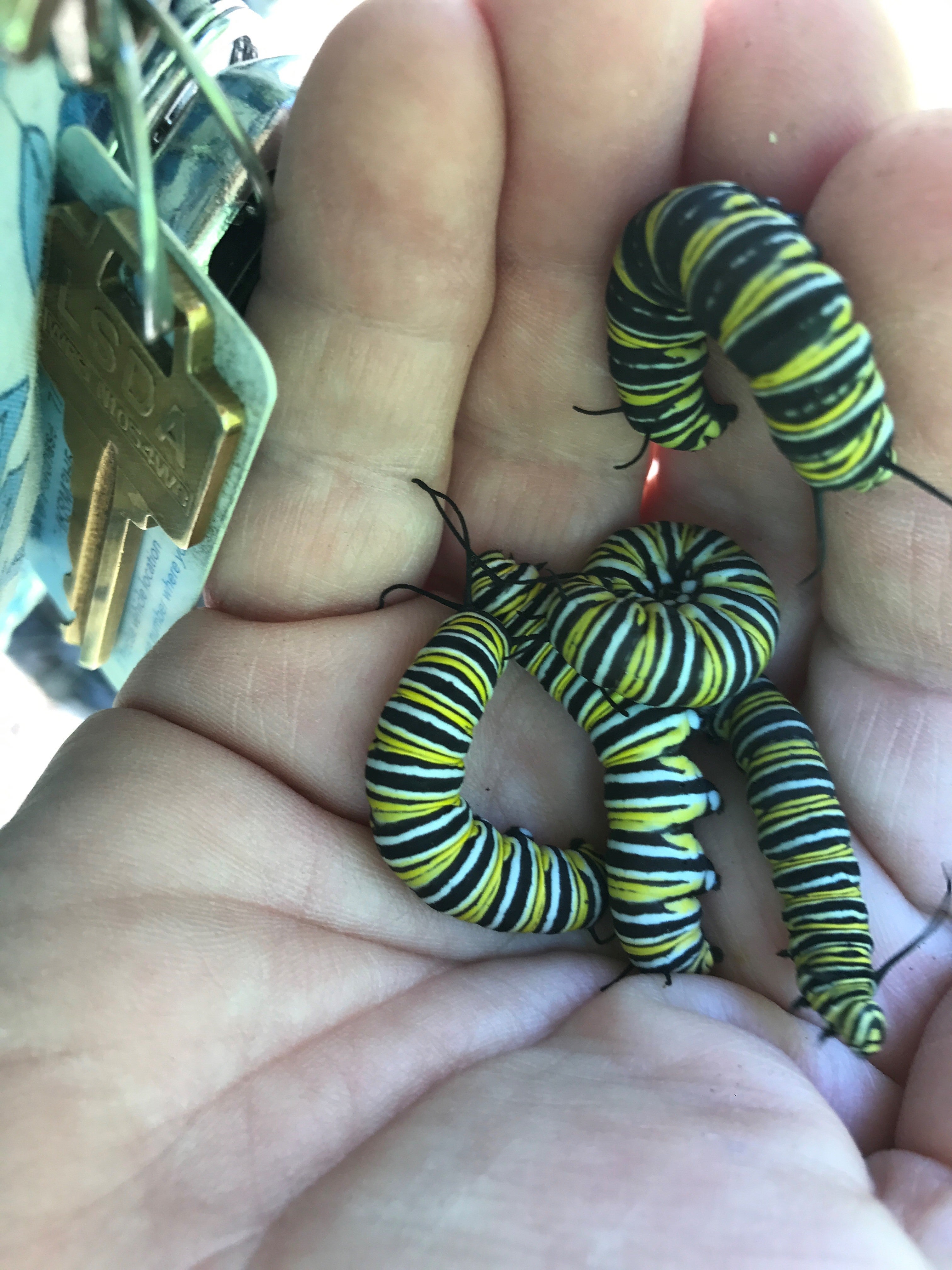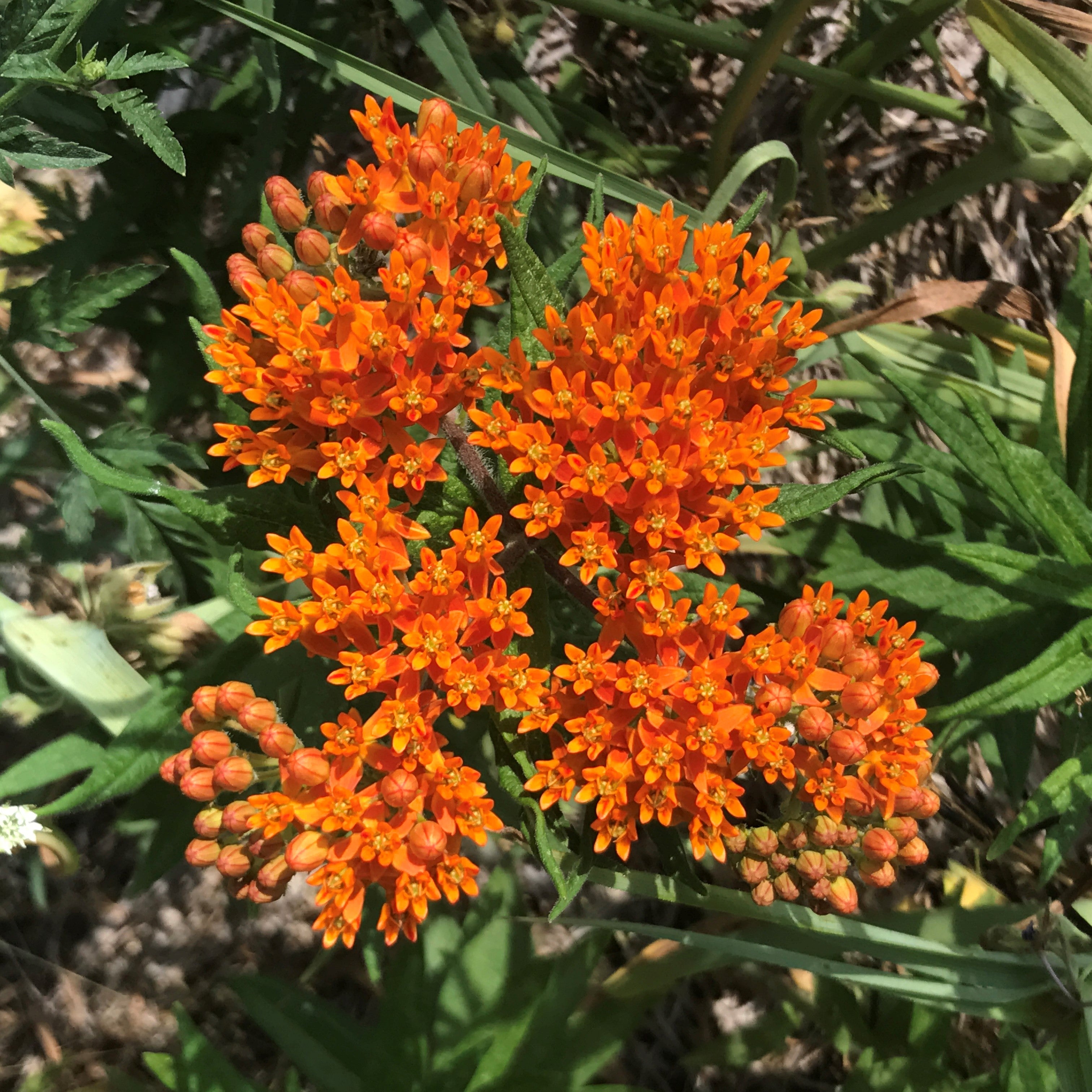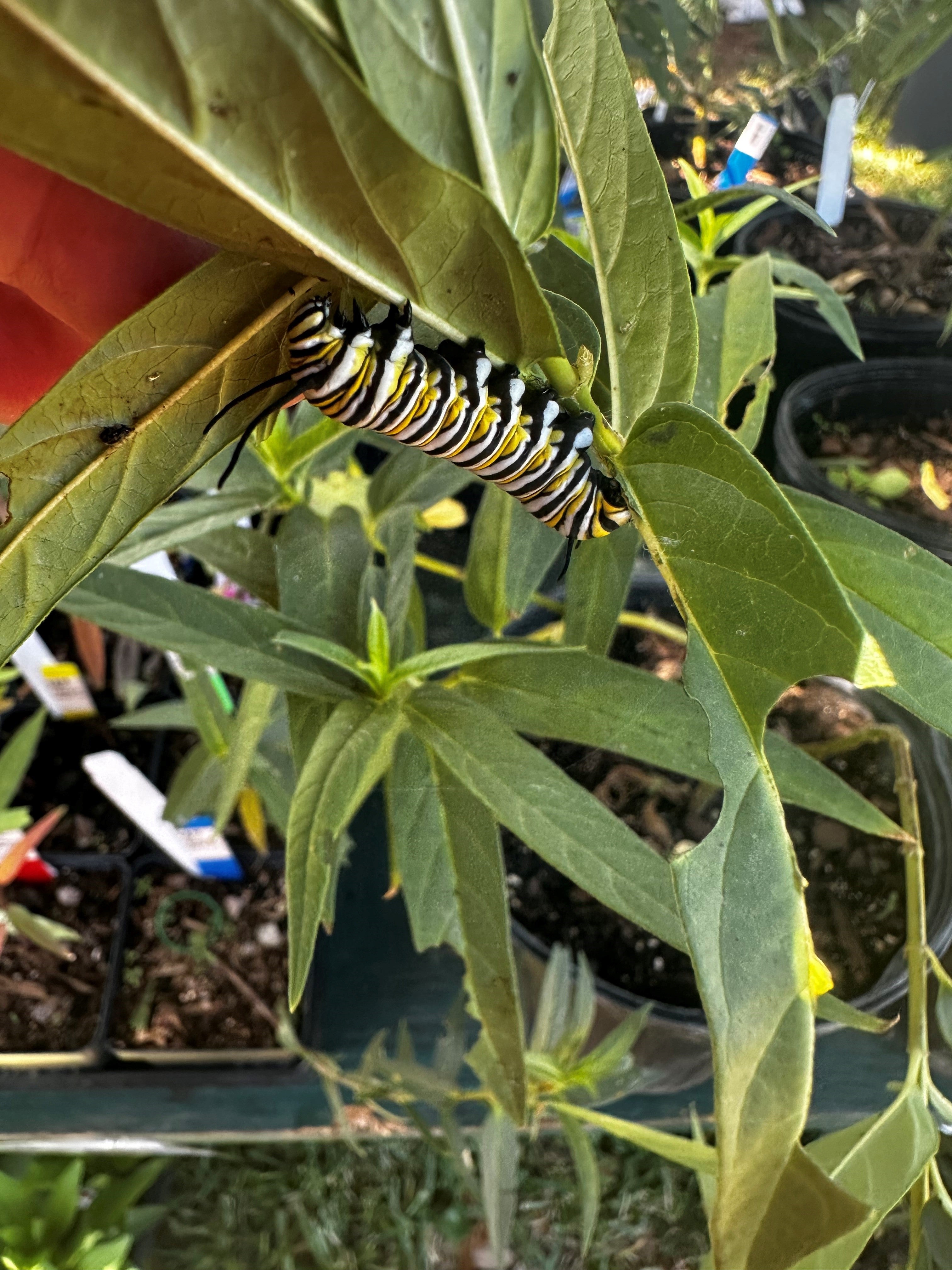Coastal beauties: Monarch migration is underway
Published 11:02 am Tuesday, October 3, 2023
By Patricia R. Drackett
The Crosby Arboretum/MSU Extension Service
This past Saturday at the Butterflies in the Pass Festival in Pass Christian, we had a wonderful day sharing knowledge about butterfly gardening and listening to presentations on monarch butterflies. If you are interested in butterflies and pollinator gardening and have not yet learned about the amazing journey these beautiful insects make each year on their migration to Mexico, and back north again in spring, make haste to your favorite search engine and locate a documentary to fill you in!
A few weeks ago, Bug Lady Linda Auld from New Orleans gave an informative program at the Arboretum, presenting the latest research on OE, a debilitating disease that can be lethal or crippling to monarchs. Linda is collaborating with gardeners connected with pollinator gardens not only in New Orleans, but along the Mississippi and Alabama coasts, to determine the prevalence of OE disease. She talked about how tape is used to collect spores that occur between the scales on a butterfly’s abdomen and examined under a microscope. Linda also brought with her the highly unfortunate news that nearly 100 % of New Orleans’ resident monarchs are infected with OE. This topic could spark a long conversation, so I urge you to read and become informed about the issue.
The invasive tropical milkweed, which is commonly available in garden centers and widely planted in Mississippi, has contributed to the OE disease. Tropical milkweed flowers throughout the winter in our mild climate and reduces the need for monarchs to migrate. While media sources urge gardeners to plant native species of milkweed rather than the invasive variety, native milkweed is not easy to find, and gardeners continue to plant the tropical species. To make matters worse, it is not unusual to find tropical milkweed being mis-identified in garden centers as native! If you are concerned about this issue, do some research. One excellent resource is the University of Georgia’s “Monarch Health” website at https://www.monarchparasites.org/oe
In our Pollinator Garden, we still grow swamp milkweed (Asclepias incarnata), which is a good substitute for the tropical variety. Although caterpillars devastate our milkweed and it is disappointing to see the plants disappear, we remind ourselves why we planted it in the first place.
Lately, we have been getting calls from people reporting that their milkweed plants are crawling with the green, yellow, and white striped monarch caterpillars. Although well-intentioned people believe all they need to do is plant a few milkweed plants and be done with it, or that the caterpillars will find milkweed “somewhere else” if they have not planted enough, the process is much more complicated. Fortunately, information is readily available to help you with this.
A few days ago, we learned that the swamp milkweed grown by the Pearl River County Master Gardeners destined for the Butterflies in the Pass festival was covered in caterpillars! Luckily, we still had most of the milkweed when we traveled down on Saturday. Most who purchased milkweed that day were pleased, and those who didn’t have enough milkweed “to go around” simply moved the caterpillars to another plant.
Monarch butterflies begin to be spotted in Louisiana and Mississippi in early March, as they began their northward migration from overwintering sites in Mexico, and again in October, when they return to Mexico. Report your sightings of monarch butterflies, caterpillars, and eggs, to be used in the maps that track the insects on the University of Wisconsin-Madison Arboretum’s Journey North website (https://journeynorth.org/). Detailed reports of winter population numbers are also found here, along with a table tracking the populations over time.
What can you do to prepare for monarchs? Provide their host plants, but remember, particularly when they first arrive in spring, you will also need to provide them with food in the form of nectar-rich flowering plants.
Come to BugFest on October 13 and 14 (Friday and Saturday)! Friday morning is a field day for area schools and homeschool groups. At 6:00 p.m. night activities begin, such as blacklighting to attract bugs on sheets. Saturday’s event is from 10:00 a.m. to 2:00 p.m. There will be fun for all ages, including a Buggy Midway with children’s activities. Many exhibitors will be in attendance, including the Audubon Insectarium, the Hattiesburg Zoo, and the Mississippi Museum of Natural Science. We are grateful to our sponsors this year, Orkin of Gulfport, Keesler Federal Credit Union, Wildlife Mississippi, and The Crosby Arboretum Foundation.
The Crosby Arboretum is located off I-59 Exit 4, at 370 Ridge Road. The office is open Wednesday through Sunday from 9:00 a.m. to 5:00 p.m. (last admission at 4:00 p.m.). Leashed pets are always welcome on our three miles of walking trails.


